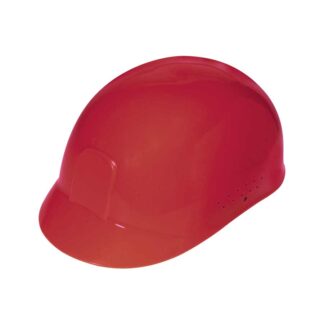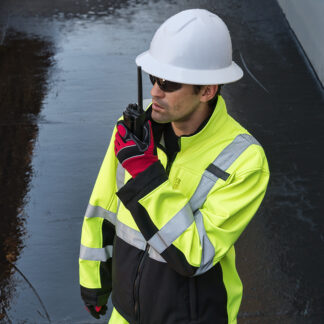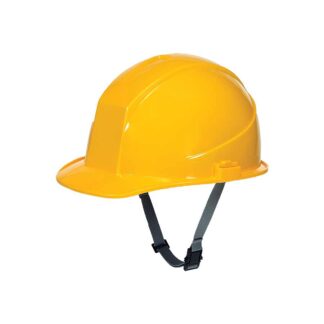Head Protection
Head protection used as PPE is constructed of a hard outer shell designed to absorb impacts and minimize the impact force on the skull. Liberty Safety’s DuraShell® hard hats and bump caps are a critical safeguard across diverse work environments. Their exceptional head protection promises an outstanding fit, comfort, and uncompromising safety.
Head protection used as PPE is constructed of a hard outer shell designed to absorb impacts and minimize the impact force on the skull.
Liberty Safety’s DuraShell® hard hats and bump caps are a critical safeguard across diverse work environments. Their exceptional head protection promises an outstanding fit, comfort, and uncompromising safety.
FAQ
Head protections are generally either ANSI or non-ANSI designated. Liberty Safety™ offers both types of protection (see below for details on the differences).
OSHA classifies hard hats into two types and three classes. The types are based on impact and the class is based on electrical hazard protection.
Hard Hat Types: The two types of hard hats are defined by the area of the head that is protected.
Type I: These are hard hats made to reduce the impact of force from a blow to the top of the head only. Examples of this type of impact include heavy tools that could fall from above.
Type II: These are hard hats that are made to reduce the impact from a lateral force. In other words, a blow from off-center that results in injury to the side or top of the head. Examples of this type of impact include sudden contact with sharp corners from a side beam.
Hard Hat Classes: The three classes are defined by ANSI safety standards and based on the level of protection they provide from electrical hazards.
Class G hard hats are rated for general use and up to 2,200 volts
Class E hard hats are intended for electrical work and are rated for up to 20,000 volts
Class C hard hats do not offer electrical protection and may be electrically conductive
Bump Caps
Bump caps are not assigned any ANSI standard and don’t offer protection from falling or flying objects. However, bump caps offer great protection from accidental impacts with stationary objects, such as beams or pipes. They are typically worn in work areas that have low overhead hazards.
According to OSHA, hard hats must be worn on any worksite where there is a risk of objects falling from above.
Workers should wear a hard hat in any areas where they could be:
- Struck or hit by fixed, moving, protruding, or falling objects.
- In contact with dangerous levels of electricity.
- Exposed to extreme weather, UV rays, or high temperatures.
Many jobs require some sort of head protection. Work performed where there’s a chance of falling objects, or accidental head impact requires protection.
You’ll find the need for head protection in industries like (but not limited to):
| Utilities | Construction | Surveying | Welding |
| Fire Fighting | Gas & Oil | Warehouse | Forestry |
Hard hats are designed to suit many types of work which is why they come in various styles:
- Cap Style – provides shade for eyes and some face protection
- Full brim – provides more protection from falling objects and sun exposure
- Bump caps – Come with a baseball cap design or with a low-profile rim for clear upward vision.
Several of our hard hats are designed with accessory slots for cap-mounted earmuffs, chin straps, and face shields. Consider the benefits of extra ventilation and hi-vis colors when selecting your hard hat too.
Durashell® hardhats offer several options that provide additional comfort and a better fit.

- Keep in a dry, cool environment, away from direct sunlight.
- Avoid exposure to chemicals like paints, paint thinners, and some strong cleaners.
- Clean with warm soapy water, rinse and let dry.
- Sweatbands must be regularly replaced as required.
Your hard hat should be inspected on the inside and out at least weekly. Look for signs or wear like cracks, dents, or any other signs of damage.
A simple test recommended by OSHA is to squeeze the sides of the hard hat together then listen and feel for signs of stress or cracking, indicating some sort of brittleness or deterioration.
See the manufacturer’s complete instructions and recommendations for the care of your specific hard hat.
In general, most hard hats should be replaced every three years, but you should refer to the manufacturer for a specific recommendation.
Of course, when the wearer’s environment is known to be more extreme like with higher temperatures, more exposure to sunlight, or even harsh chemicals, hard hats/caps should be inspected regularly and possibly replaced more often.



